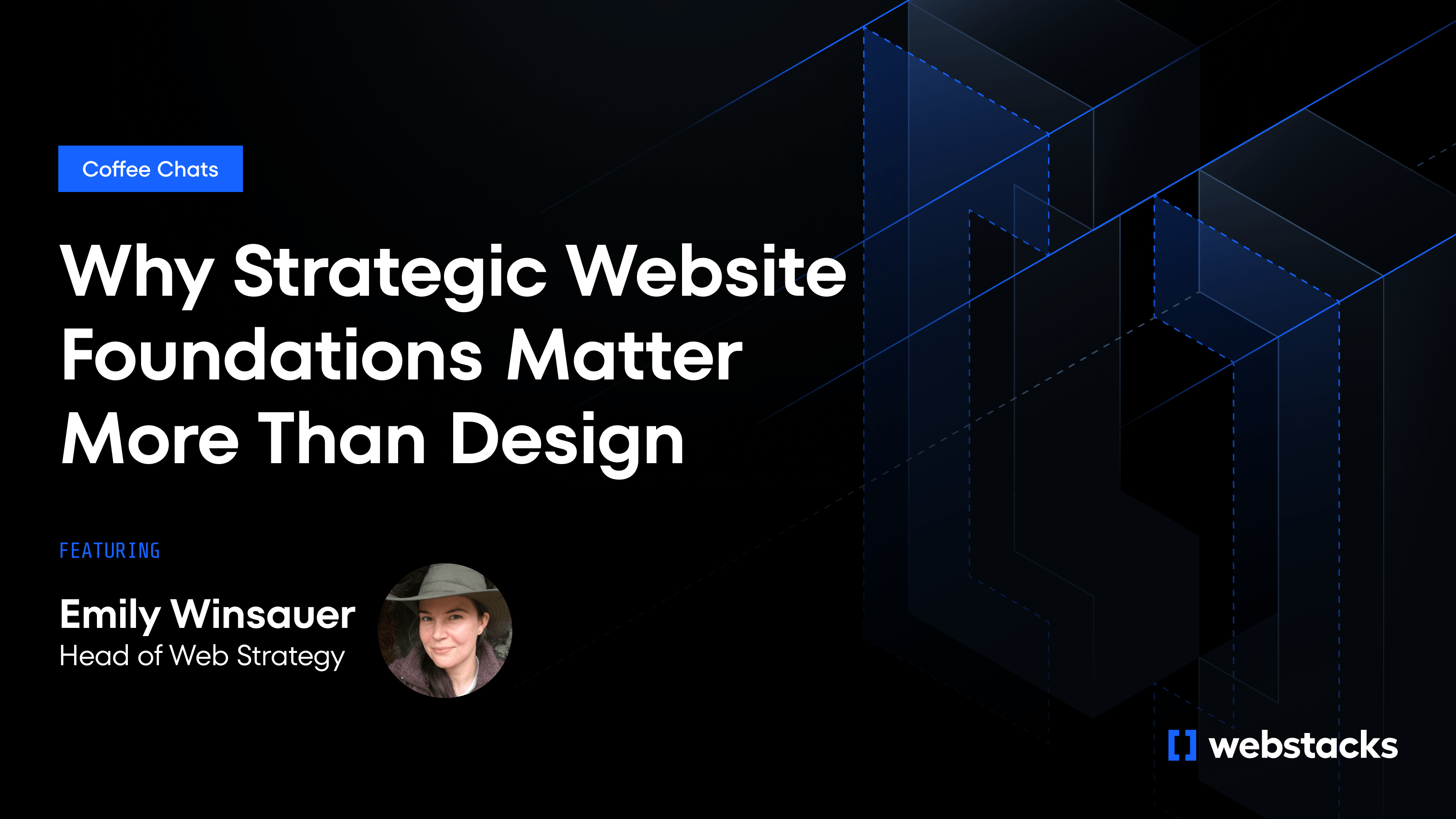Strapi’s open-source model appeals to developers, but it starts to show limits as content operations grow. API caps, rigid schemas, and missing features like bulk mutations and TypeScript coverage slow teams down and create avoidable workarounds.
These issues extend beyond code. Slower releases, fragmented workflows, and plugin sprawl can drag down campaigns and increase maintenance overhead, especially when your site drives revenue.
If you're scaling a B2B SaaS business, SaaS platforms like Storyblok or Contentful offer built-in hosting and stronger editorial tools. Open-source options offer more control, but often lack the polish and support needed for growth. The best fit depends on how you balance flexibility, performance, and team velocity.

Why Teams Look Beyond Strapi
Strapi’s GraphQL API hits practical limits fast. Queries default to 100 results, and while configurable, changing that often requires editing server configurations, which can regularly trip up teams and add unnecessary complexity.
File uploads aren’t supported via GraphQL either. Every media asset, like images, PDFs, and videos, requires a switch back to REST, slowing down marketing teams working on media-heavy campaigns.
Nested content can hit depth limits, and auto-generated schemas add more friction. Customizing types, like adding a union, means editing plugin code outside version control, making updates harder to track. Bulk operations are another pain point. GraphQL only handles one record at a time, so importing 5,000 SKUs means 5,000 calls, or falling back to REST again.
TypeScript support remains patchy. Many APIs return any, and there’s no built-in tool to align backend types with GraphQL types, which increases the risk of runtime bugs as your project grows. These aren’t edge cases; they slow down launches, frustrate teams, and add tech debt. When Webstacks evaluates CMS platforms, we look closely at how well they avoid these traps.
Features To Look for In a Headless CMS
A strong headless CMS should support how your team works today and how it scales tomorrow. Focus on platforms that reduce bottlenecks, not just patch them.
The right system should improve both developer velocity and marketing autonomy. Look for a CMS that speeds up daily publishing, scales with your content model, and keeps your dev team focused on shipping product, not maintaining infrastructure. As your site grows in complexity, these foundational features become harder to retrofit later.
- API-first architecture: Clean REST and GraphQL endpoints give developers reliable tools for personalization, analytics, and frontend builds. Clear docs and versioning are essential.
- Composable design: Modular content structures let you plug in tools like search, e-commerce, or experimentation without overhauling your CMS. Defined content types and relationships keep everything reusable and scalable.
- Editor-friendly UI: Drag-and-drop previews, inline comments, and role-based permissions empower marketers to move quickly without relying on developers.
- Localization workflows: Built-in support for locales, field-level translation, and global media delivery help teams ship multi-language content without delay.
- Extensibility: SDKs, webhooks, and app marketplaces let you launch fast and evolve your setup as new needs emerge.
Top Strapi Alternatives
When auto-generated schemas, limited bulk operations, or TypeScript gaps start slowing your team down, it's time to explore other options. These are the platforms most often replacing Strapi in real-world projects:
Sanity
Ideal for dev-led teams, Sanity offers full control without the burden of self-hosting. Sanity Studio is open-source React, fully customizable, and versioned in Git. Editors collaborate in real time, and the GROQ query language makes working with deeply nested content fast and intuitive.
You can define content schemas in code, manage them through pull requests, and pair Sanity with frameworks like Next.js or Astro. It’s a strong choice for teams building composable stacks that need speed, structure, and API flexibility without sacrificing developer workflows.
Contentful
A proven enterprise option with robust REST and GraphQL APIs, solid localization features, and a clean UI that’s easy for editors to learn. Contentful scales well across teams and regions, but usage-based pricing can add up as your content footprint grows.
Teams get strong environment controls, granular roles, and a mature app ecosystem that supports analytics, personalization, and translation tools out of the box. It’s especially useful when governance, auditability, and cross-functional workflows are key priorities.
Storyblok
Built for marketing speed, Storyblok combines a real-time visual editor with block-based content modeling. Marketers can drag, drop, and preview updates without waiting on developers, while engineers still get structured content and reusable components. Multi-site support and built-in asset management reduce your dependency on third-party plugins. Global CDN delivery keeps performance consistent across regions.
It’s best for teams that want to move fast without writing custom interfaces. Storyblok simplifies localization, supports flexible content reuse, and gives non-technical users a familiar page-building experience—without compromising on developer structure.

Webstacks Verdict: Why Sanity Wins
After evaluating each platform against the pain points that slow down growing teams (GraphQL limitations, schema rigidity, missing bulk operations, and inconsistent TypeScript support) Sanity stood out as the clear winner.
It strikes the right balance between developer flexibility and editorial speed. GROQ querying avoids the common GraphQL ceiling, real-time collaboration improves team velocity, and localization features work without the usual batch-edit workarounds.
For teams replacing Strapi, Sanity offers the most complete upgrade path. It keeps developers productive, gives editors autonomy, and scales with your growth without adding friction.
Migration and How Webstacks Can Help
Moving to a new headless CMS isn't about flipping a switch; in fact, a website migration demands careful planning and validation. You're retiring work-arounds like the 100-item GraphQL cap that forces pagination gymnastics. You're rebuilding a foundation that supports faster releases and cleaner governance.
We're platform-agnostic, so you're not locked into a single recommendation. Whether Storyblok's visual editor empowers your marketers or Contentful's enterprise tooling makes more sense, we optimize the path and the tech.
Past migrations have cut page-update times by double digits and slashed engineering tickets for marketing teams. The common thread? A focus on behavior change. We give editors the freedom to ship without a dev queue and give developers a cleaner, more composable codebase.




